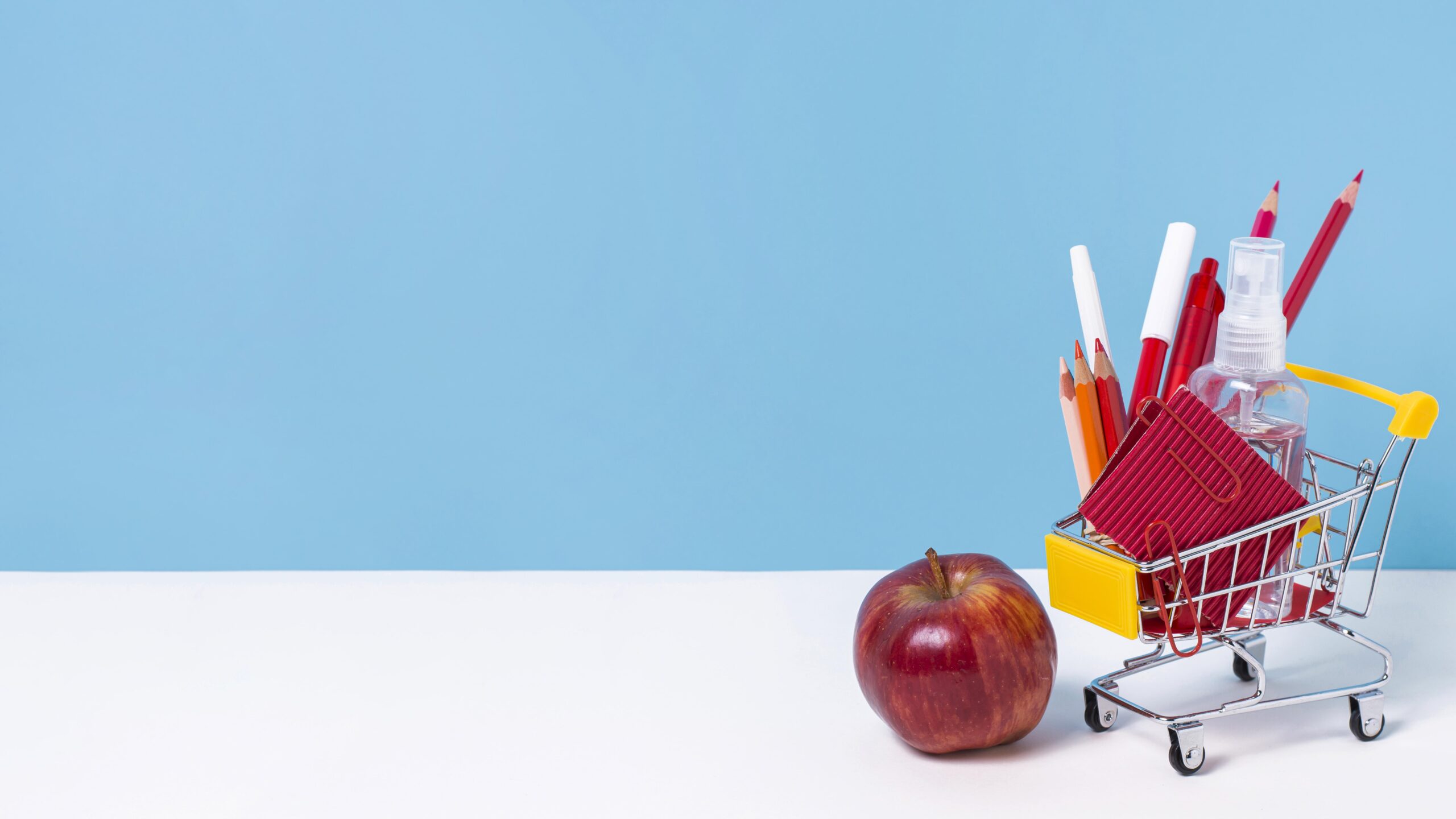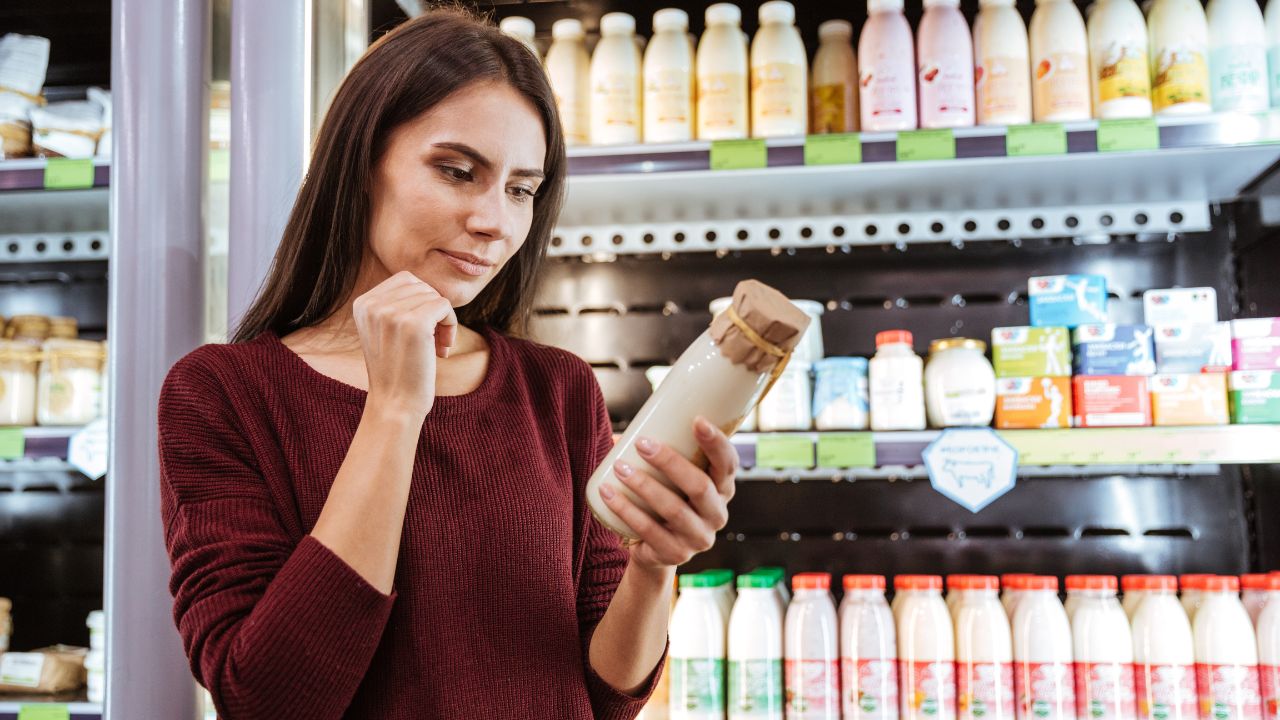Is your business finding it difficult to cut through traditional advertising clutter? Is it struggling to create a unique experience that exceeds consumer expectations?
Then look no further, we’ll cover solutions to many more questions like these in this blog post. From engaging consumers to boosting sales here are all the ways in which BTL marketing can help your brand remain a step ahead in its game!
Unlike ATL (Above-the-Line Marketing), BTL activities act as a value differentiator to maximize experiential marketing efforts for consumers. Its cost-effective promotional tactics and focus on a specific niche audience help reach out to target groups at the bottom of the marketing funnel (BOFU), where consumers are ready to make a purchase.
BTL and ATL: A Brief
BTL Marketing establishes a direct communication between the consumer and the brand offering tailored marketing messages to them. ATL in contrast only offers one-way communication leaving no space for the sentiments of consumers.
Cost-effective and consumer-centric BTL promotional strategies generate more conversions than ATL whose focus is mainly reaching a mass heterogenous audience.
Using offbeat marketing mediums such as Product Sampling, Roadshows, In-store Promotions, Exhibitions, Mall activations, Innovative Product Displays, etc., BTL is winning at its advertising game. On the other hand, ATL through its conventional marketing tactics remains deficient in achieving apt customer satisfaction.
BTL Marketing Mix
BTL marketing helps to add value and retain customers by viewing the product from the consumer’s eyes. It includes elements of the marketing mix that focus on customer-oriented marketing.
Along with the traditional 4Ps and 7Ps, BTL marketing includes 4As that harness the attention of customers. Let’s get into exploring these four main tools of BTL marketing that give marketers and businesses better insight into consumer preferences:
Acceptability
Marketers may meet or exceed the needs and expectations of the target group through their product or service offering. All they require are answers to questions relating to performance, reliability, and customer satisfaction.
The acceptability of a product or service may differ for the diverse set of consumers in the market. Therefore, the two main dimensions to assess this element of BTL marketing can be categorized:
- Functional Acceptability
It is referred to the acceptability that evaluates the “objective traits” of a product or service and revolves around the idea of understanding their performance attributes.
By comprehending solutions to questions like the usefulness of the product, its exclusivity, engaging features, facts and expectations it addresses a major proportion of this element.
For example, if a company manufactures shampoo in small sachets and sells it at a lower price then its acceptability in the market will be more than the bottled shampoo sold at a higher price in retail outlets.
- Psychological Acceptability
This acceptability is more likely to be associated with luxury brands that serve as a symbol of social status and eliteness to the consumer. It evaluates the “subjective traits” of a product or service and helps in understanding how consumers perceive it.
For example, comfort brands like Gucci, Prada or Louis Vuitton are not psychologically accepted by all segments of buyers as a consumer identifies and analyzes his need and then makes an informed purchase decision.
Hence, acceptability differs among diverse segments of buyers.
Affordability
The affordability of a product or service is the ability and willingness to buy a product. Consumers need to be economically able and psychologically willing to pay the amount for a product or service. Thus, affordability is further categorized into two dimensions:
- Psychological Affordability
It is referred to affordability where the consumer is in a position to make a purchase, but the governing factor that influences his purchase decision is the psychological willingness to pay for the product. Psychological affordability depends on how the consumer perceives the specific product. Is the consumer satisfied after using the product? Does it have an impact on the consumer’s social status?
For example, a person having iPhone 13 who is economically able would want to buy iPhone 14 even though they don’t differ much in comparison to their features. This decision may be influenced by his peers buying the latest model.
- Economical Affordability
It refers to the availability of economic resources with the target market to pay the price of a product or service.
For example, a consumer may be willing to buy an iPhone but does not have the purchasing power to do so.
Therefore, businesses should not only create a product that is valuable but also cost-effective.
Accessibility
It addresses consumer convenience and accessibility to a product or service. The ease with which they are available to potential consumers and how feasible it is for them to acquire those products or services. Accessibility, thus, depends on two dimensions:
- Customer Availability
Whether the business has enough availability of stock to match the customer demand in the market is measured by customer availability. If a business possesses less stock than what is required then this will create dissatisfaction amongst consumers. In addition to meeting demand, the stock should be available to the customers on time.
For example, product availability in rural markets serves as a challenge for many businesses but with a good logistics system and wide availability of products this can be easily overcome.
- Customer Convenience
The more smoothly a product or service is available to a consumer, the more likely he is influenced to buy the brand or the product. Thus, the ease with which a consumer is able to obtain or acquire a product or service is referred to as customer convenience.
For example, the availability of Parle-G biscuits at the minutest of retail shops makes it a hit among consumers of all segments.
Awareness
Last but not least component of the marketing mix is the very first step in any campaign where the brand or product identity is created to boost sales in the long run. Aspects like product knowledge and brand awareness are the two dimensions covered in this element:
- Product Knowledge
It is important to provide the customers with adequate product knowledge in order to create a high top-of-mind recall value. Awareness programs, outdoor advertising, engaging promotional activities and TV commercials are some of the ways in which this is done.
- Brand Awareness
The recall value of a brand is what sets it apart from its competitors in the market and what helps in creating brand loyalty. For example, at the thought of noodles, Maggi is what comes to everybody’s mind instead of any other brand.
As a result, by following a combination of 4Ps, 7Ps and 4As BTL Marketing boosts sales and enhances the customer engagement for a brand. Thus, the 4As namely Acceptability, Affordability, Accessibility and Awareness act as a boon for businesses in addition to the already existing models of the marketing mix.







